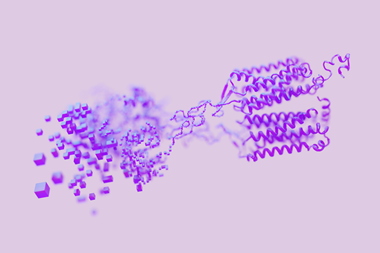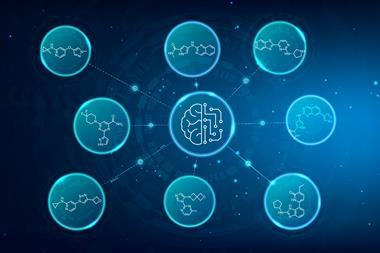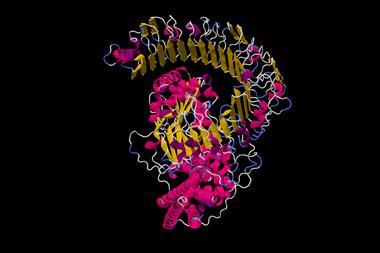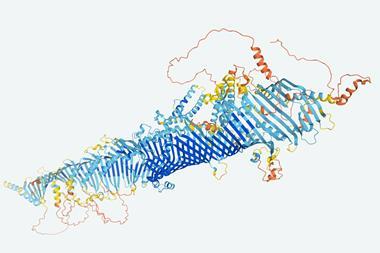The artificial intelligence company DeepMind, in partnership with the European Molecular Biology Laboratory (EMBL), has released the predicted structures for almost every protein known to science – over 200 million structures in total.
The structures were produced using DeepMind’s AlphaFold system, which predicts the 3D structure of proteins based on their amino acid sequences. The structures have been added to the open source AlphaFold Protein Structure Database, maintained by the EMBL. ‘It’s our gift to humanity, and a demonstration of the benefits AI can bring to society,’ announced DeepMind’s co-founder and chief executive Demis Hassabis on Twitter.
The singular and momentous advance in life science that demonstrates the power of AI
Eric Topol, Scripps Research Institute, US
When AlphaFold was launched last year, it had computed just 350,000 protein structures. Since then, more than 500,000 researchers from nearly 200 countries have accessed the AlphaFold database to view over 2 million structures. Its freely available structures have also been integrated into other public datasets like the European Bioinformatics Institute’s Ensembl genome database and UniProt – a protein sequence and functional information resource.
Eric Topol, founder and director of the Scripps Research Translational Institute in the US, called AlphaFold ‘the singular and momentous advance in life science that demonstrates the power of AI’. Determining the 3D structure of a protein used to take many months or years, but it now takes just seconds, he added. Topol noted that AlphaFold has already accelerated and enabled ‘massive discoveries,’ including cracking the structure of the nuclear pore complex – the molecular conduit that controls everything that goes in and comes out of the cell nucleus.
David Grainger, a biotech entrepreneur and chief innovation officer at UK-based Centessa Pharmaceuticals, said he is ‘incredibly impressed scientifically’ by what the AlphaFold team has done. However, he was more cautious about its impact on drug discovery, noting that a predicted protein structures could be close to exact and still be useless for any given purpose.
Grainger added that he has examined AlphaFold predicted structures for several proteins he is familiar with and found more than one of the AlphaFold predictions was ‘unrecognisable’ in the regions needed to bind to for pharmacological efficacy. ‘It won’t be true every time and I have no doubt at all that AlphaFold structures will deliver huge value to the drug R&D community,’ Grainger concluded. ‘But they are just predicted models … Caveat emptor.’












No comments yet